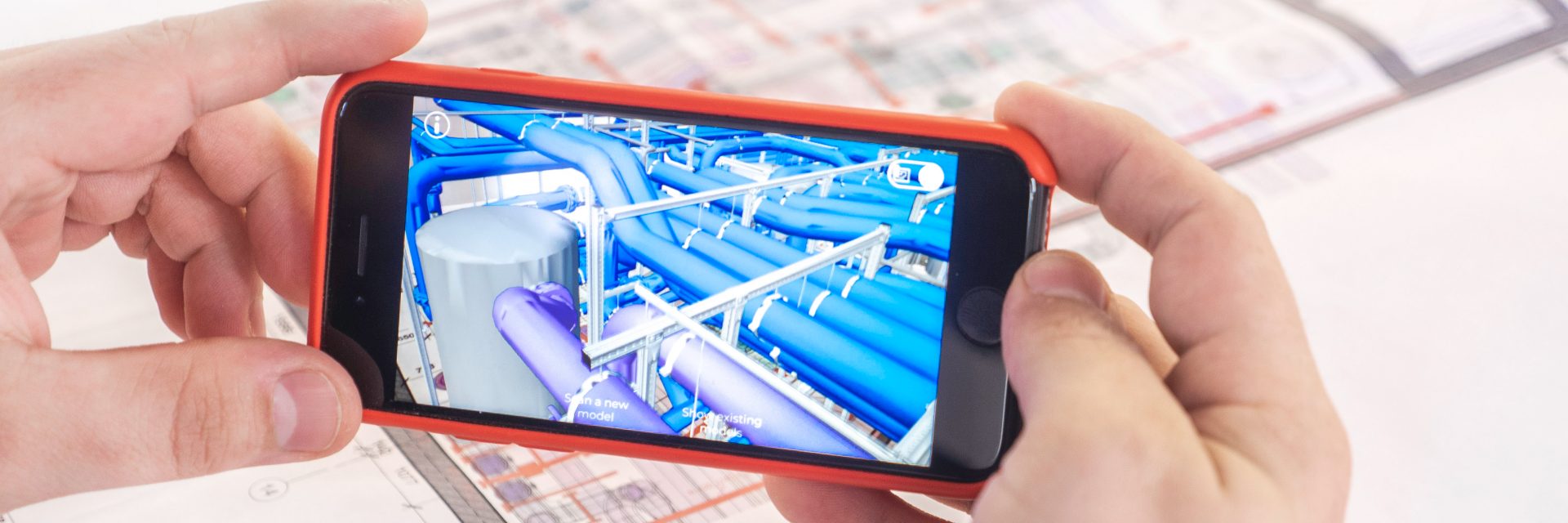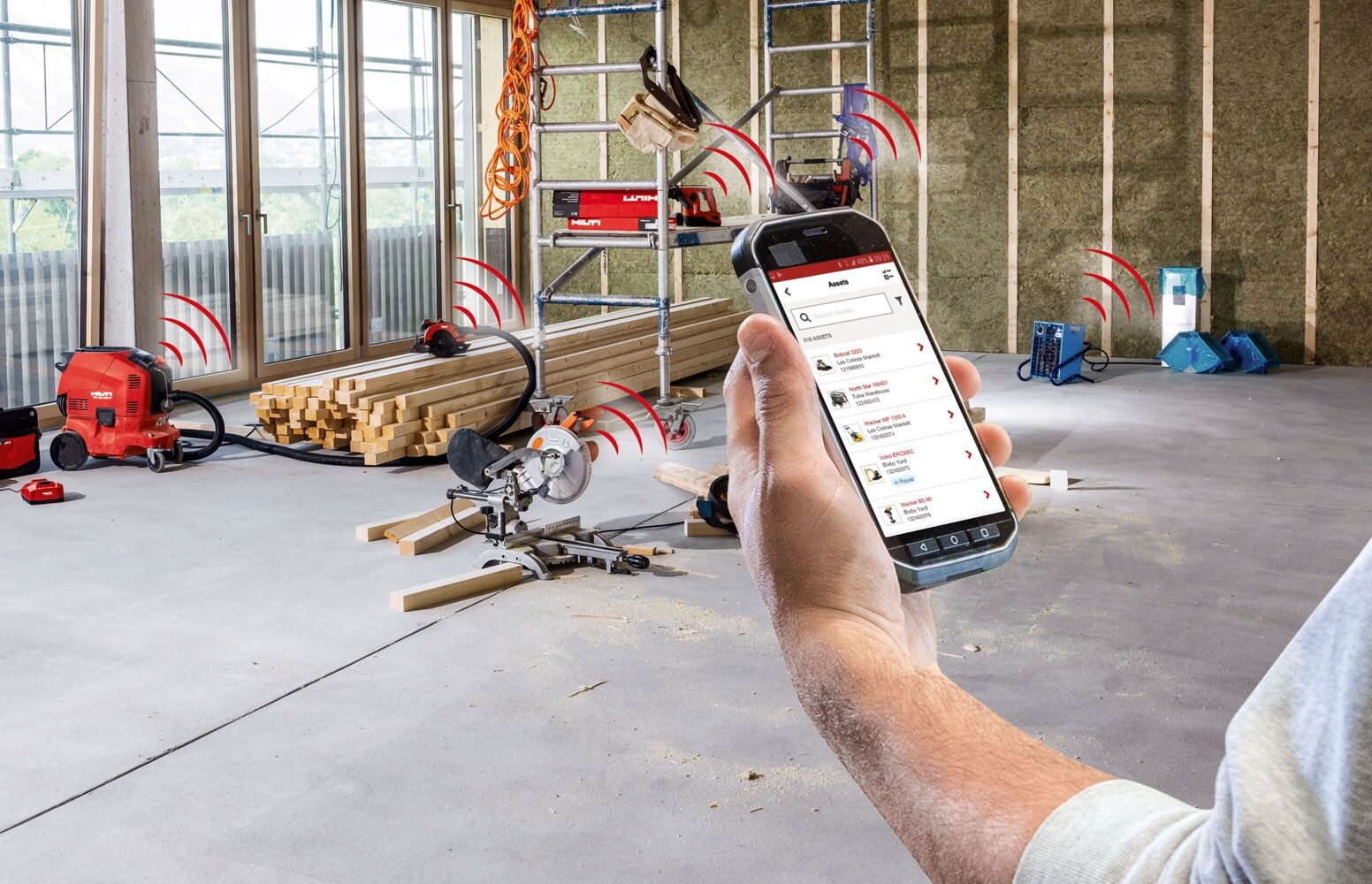Digitisation in the construction industry

What impact has IoT had on the industry so far?

From tendering to BIM to tracking assets, IoT has already started to have an impact on the construction industry and its processes.
Firstly, electronic tendering is becoming the industry standard. The EU, for example, insist on digital calls for tender for public construction projects, as it ensures contract award processes are more transparent and efficient.
Secondly, Business Information Modelling (BIM), which is already important within the industry, will soon become the standard for everyone on the building site. The main advantage of using BIM is that a digital simulation of the project is created before the first brick is even laid. This minimises planning errors, permits faster calculations and quantifies any extra costs.
There’s also connected tools which can include asset tracking, tool identification and tool control – all of which utilise IoT to make your life easier and jobsites more efficient. At Hilti, we've integrated IoT with ON!Track and our Hilti Connect App.
Share
